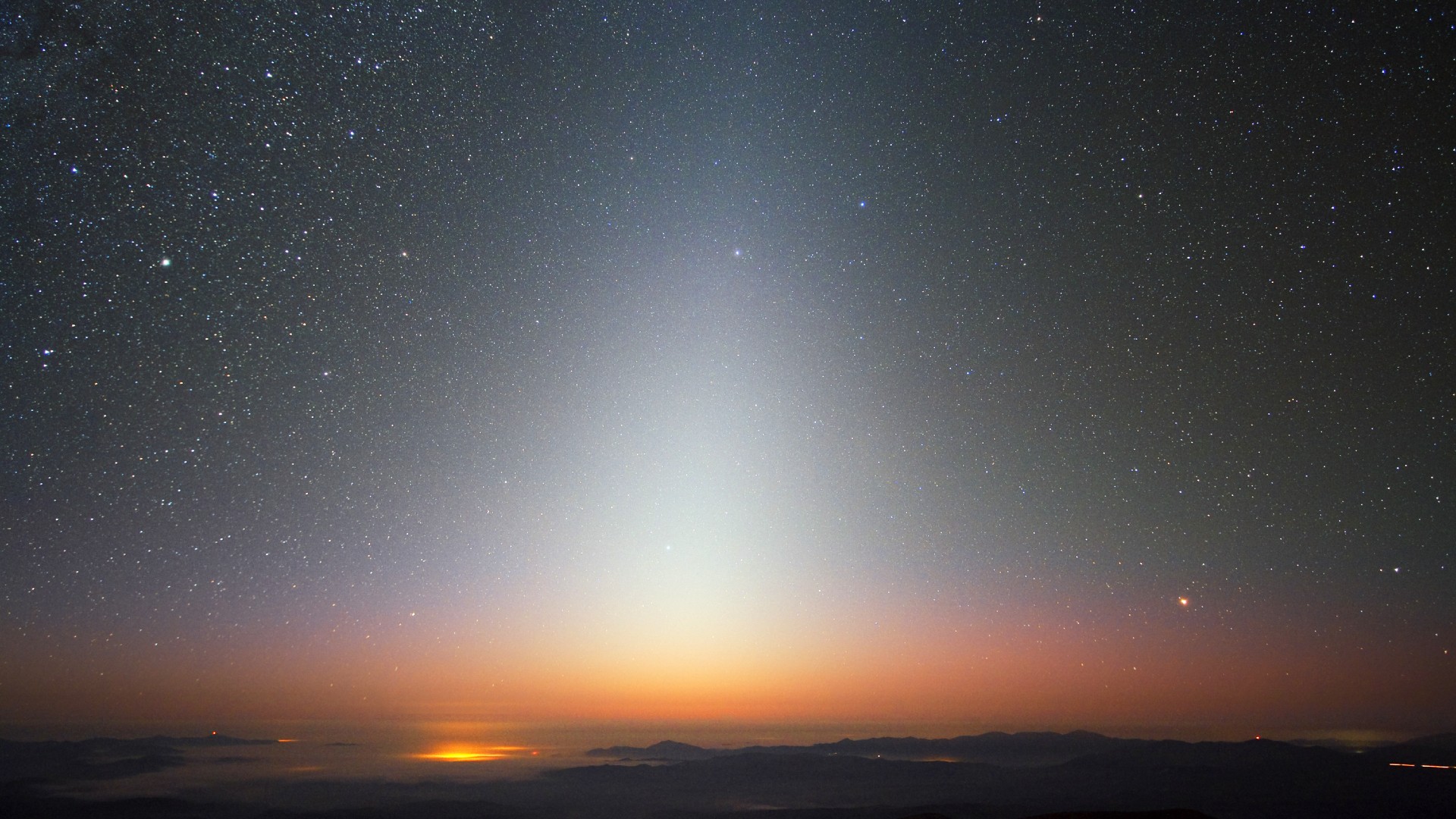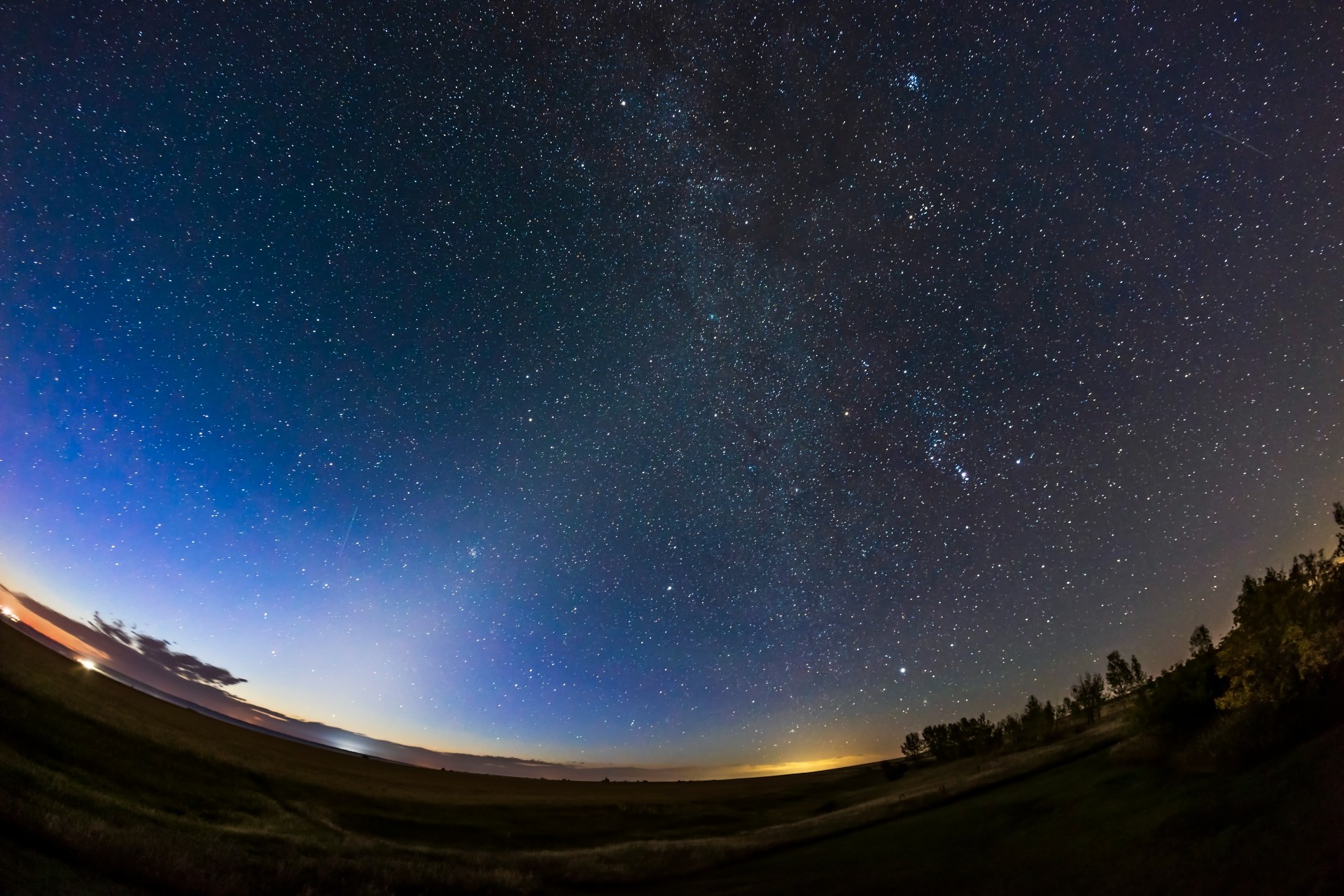Wonder at the 'false dawn' of zodiacal light in early autumn
Zodiacal light, or "false dawn," is a phenomenon that occurs when sunlight is scattered by interplanetary dust.

A band of eerie predawn light will put on a show for early risers over the next few weeks.
The phenomenon, known as zodiacal light, will be prominent along the eastern horizon before dawn between the autumnal equinox, which occurred on Thursday (Sept. 22), and the next full moon on Oct. 9.
Zodiacal light will be most visible in areas free from urban light pollution and will appear in the lower third of the sky next to the twin stars of Castor and Pollux in the constellation Gemini. If you're in the Northern Hemisphere, look for zodiacal light during the early predawn hours from late August into early November. For the Southern Hemisphere, the phenomenon will be most visible in the evening hours around sunset, appearing in the west.
Related: Night sky, September 2022: What you can see tonight [maps]
Zodiacal light, also known as "false dawn," occurs when sunlight is scattered by interplanetary particles in the plane of the solar system, the same material that causes meteor showers. It will appear as a broad cone or wedge of faint light extending upwards from the eastern horizon into the ecliptic — the path the sun appears to take in the sky. The zodiacal light will appear comparable in brightness to the Milky Way, and will even appear "milkier," or lighter in appearance, according to EarthSky.org.
Zodiacal light is most visible around the equinoxes because it follows the path of the sun through the sky. During the equinoxes, the sun is positioned directly above the equator. This means sunlight hits the horizon at its most extreme vertical angle during these times, brightly illuminating the interplanetary dust that creates the "false dawn" phenomenon.

If you want to take a photo of zodiacal light, try a long exposure to make sure your camera can capture the glow. For capturing the best pictures of the zodiacal light you can, check out our recommendations for the best cameras for astrophotography and best lenses for astrophotography.
Get the Space.com Newsletter
Breaking space news, the latest updates on rocket launches, skywatching events and more!
Editor's Note: If you get a good photo of the zodiacal light and would like to share it with Space.com's readers, send your photo(s), comments, and your name and location to spacephotos@space.com.
Follow Brett on Twitter at @bretttingley. Follow us on Twitter @Spacedotcom or on Facebook.
Join our Space Forums to keep talking space on the latest missions, night sky and more! And if you have a news tip, correction or comment, let us know at: community@space.com.

Brett is curious about emerging aerospace technologies, alternative launch concepts, military space developments and uncrewed aircraft systems. Brett's work has appeared on Scientific American, The War Zone, Popular Science, the History Channel, Science Discovery and more. Brett has English degrees from Clemson University and the University of North Carolina at Charlotte. In his free time, Brett enjoys skywatching throughout the dark skies of the Appalachian mountains.









